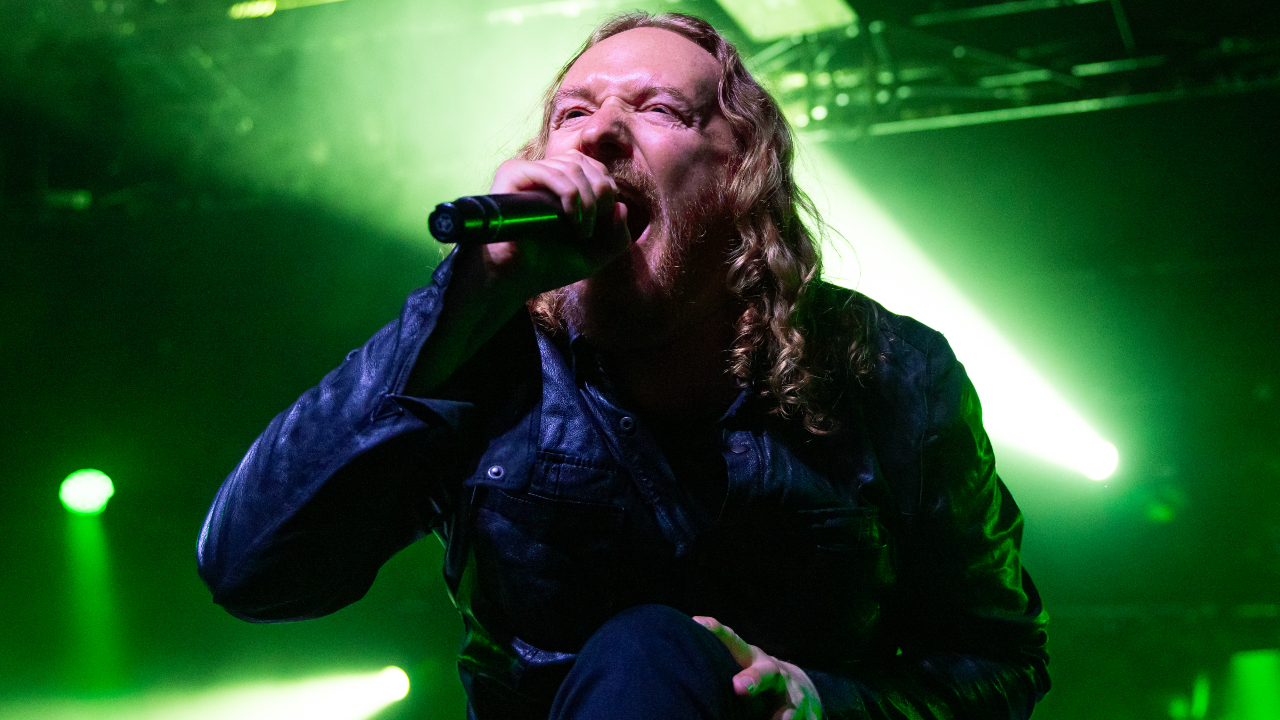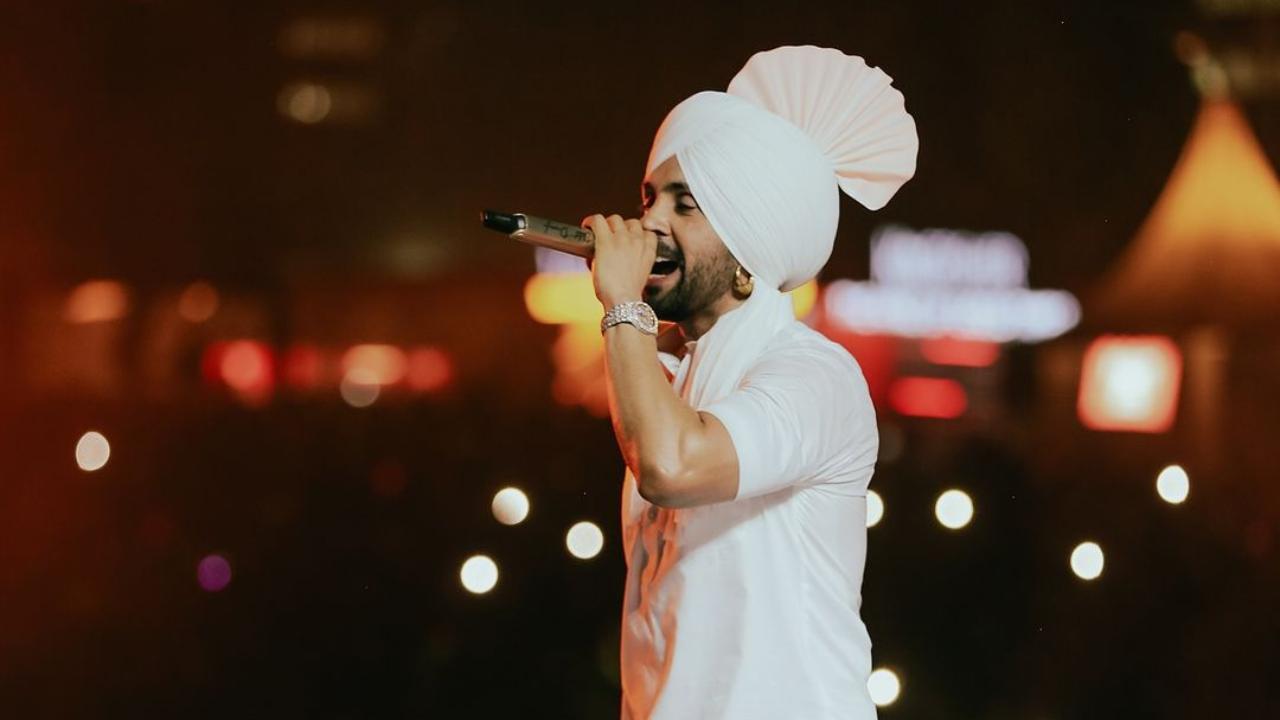
Every fan worth their salt is familiar with ‘the Gothenburg sound’. During the mid-’90s, this movement – spearheaded by , and Dark Tranquillity – changed the face of sonic extremity. Though they were vastly different in style and ethic, these bands consolidated what ‘melodic death metal’ meant, introducing razor-sharp guitar leads and flamboyant choruses to one of music’s gnarliest genres.
30 years after its peak, the Gothenburg sound is still venerated. Its biggest albums are still regularly spun and its influence is heard in stars from to The Black Dahlia Murder. So, when was recently granted an interview with Dark Tranquillity and ex-In Flames frontman , we thought it would be interesting to have him name the best album to come from ’90s Gothenburg.
Rather than offering a straight-ahead answer, Mikael proceeded to challenge the very nature of ‘the Gothenburg sound’ as a movement, saying its biggest bands all set out to sound distinct. “When people started calling it ‘the Gothenburg sound’, I noticed it on tour in 1995,” he remembers. “All of a sudden I see a flyer in the venue that says, ‘True, Gothenburg-style metal.
’ I had no idea what was going on!” The vocalist continues: “At the time, there was [by Dark Tranquillity], by At The Gates and by In Flames. They came out in the same year and were recorded in the same studio. But, at the time, I thought it was an insult.
Everything that we set out to do was to be original and new and interesting. We really tried to be different from each other and we were successful in that.” Although the members of Dark Tranquillity, At The Gates and In Flames had all been friends since childhood, they flourished into different directions.
At The Gates were by far the heaviest and tightest of the trio, penning no-frills anthems which consolidated the speed of , the athleticism of the New Wave Of British Heavy Metal and the agonised screams of death metal. Dark Tranquillity pursued a more gothic direction, whereas In Flames drew influence from stateside nu metal and the metalcore movement they themselves inspired. However, as he continues, Mikael does indeed suggest some candidates for “best Gothenburg metal album”.
He circles back to and deems it “a flawless album”. He then gives a shout-out to a far more unsung band called Eucharist, who formed in 1989 in Veddige: less than a hour from Gothenburg. Sign up below to get the latest from Metal Hammer, plus exclusive special offers, direct to your inbox! “I think my favourite – or one album that really, really inspired us – was by Eucharist,” he says.
“That was the band Daniel Erlandsson, who now plays drums in , had. They released two albums and they’re incredible: really technical and really melodic, with lots of guitar harmonies. I always think they should be part of the conversation when you’re talking about Gothenburg metal, or melodic death metal from the mid-’90s.
” Eucharist are still active, having released their first album in 25 years, , in 2022. So, check them out. The lead singer of one of Gothenburg’s most influential metal bands commands it.
Louder’s resident Gojira obsessive was still at uni when he joined the team in 2017. Since then, Matt’s become a regular in Prog and Metal Hammer, at his happiest when interviewing the most forward-thinking artists heavy music can muster. He’s got bylines in The Guardian, The Telegraph, NME, Guitar and many others, too.
When he’s not writing, you’ll probably find him skydiving, scuba diving or coasteering..














